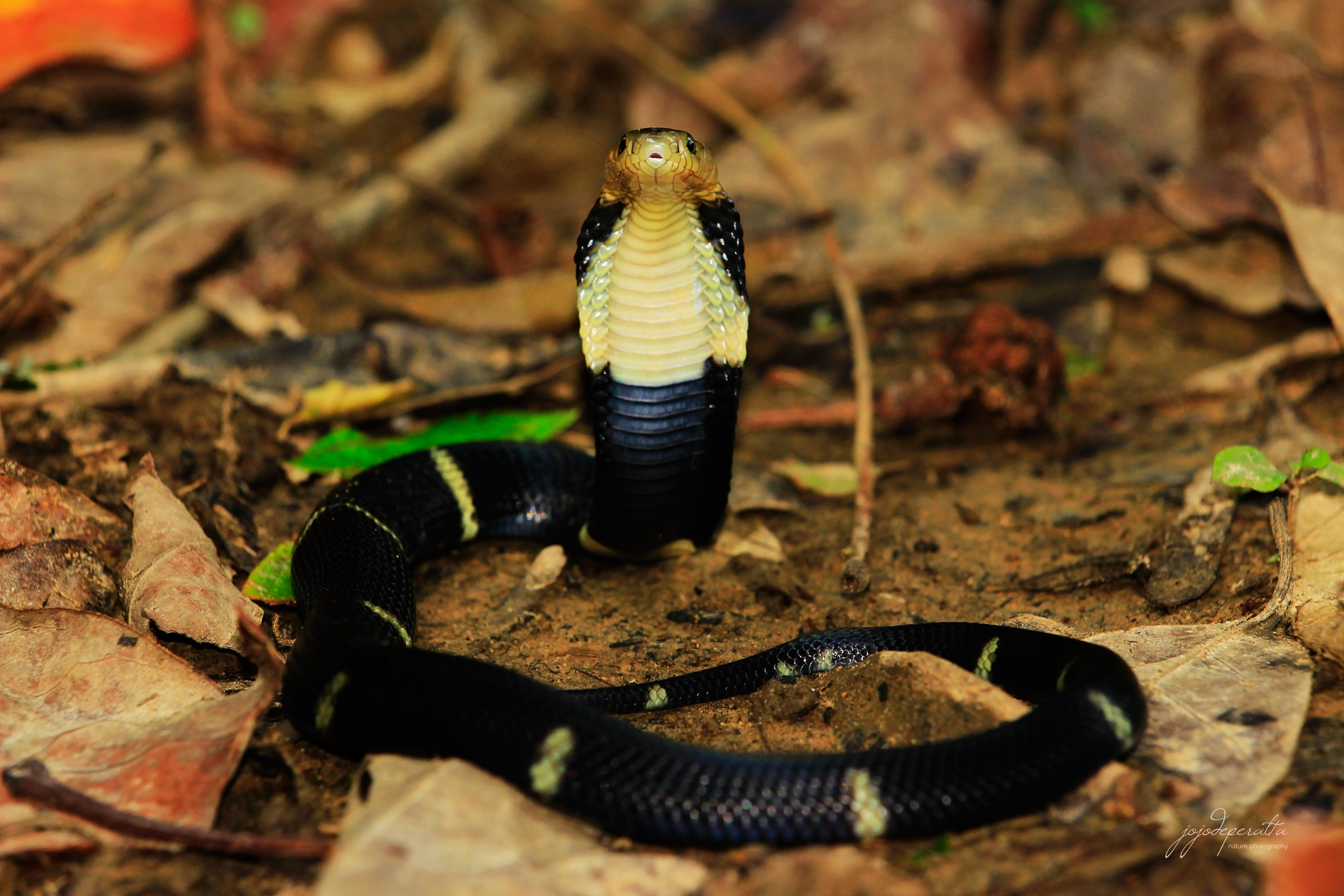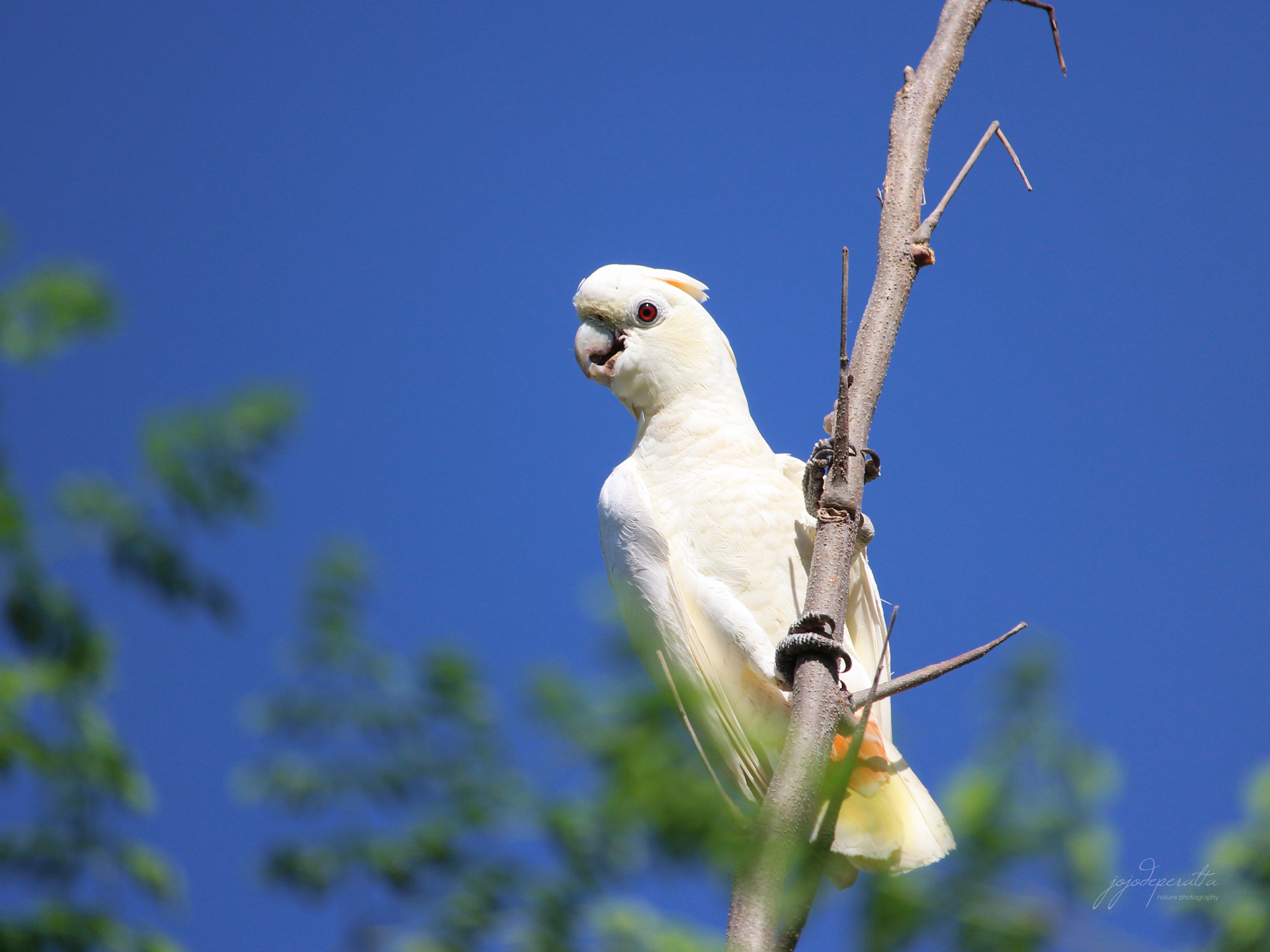Banded Keel-throated Pitviper
 |
The Banded Keel-throated Pitviper and the Shultz’s Pit Viper are both spectacular venomous pit viper that can be found in Palawan. They can be told apart from the shape of the head and the scales on the head. The scales of the head and chin of Banded Keel-throated Pitviper are strongly keeled, a closer look will show that the second upper labial is separated from the scale forming anterior border of facial pit. Shultz’s Pit Viper head and scales however looks smoother and the second upper labial is fused to the scale bordering the sensory pit.
Although not copious in population compared to the Schultz's Pit Viper, this pit viper distribution is widespread in Palawan. It occurs in all mountain ranges and protected areas in Palawan like Cleopatra's Needle Reserve, Puerto Princesa Subterranean River National Park, and Mount Mantalingahan Protected Landscape.
 |
| Banded Keel-throated Pitviper |
It is adaptable to some forms of habitat modification and is found in second-growth forests and thick patches of shrubs around rice plantations and other agricultural areas. It also seems that this pit viper is adaptable to higher elevation habitats like ultramafic forests and wet tropical mossy forest up in the mountains. Most pit vipers reportedly seen by mountaineers in the mossy forest of Palawan are this species and not the Schult'z Pit Viper.











